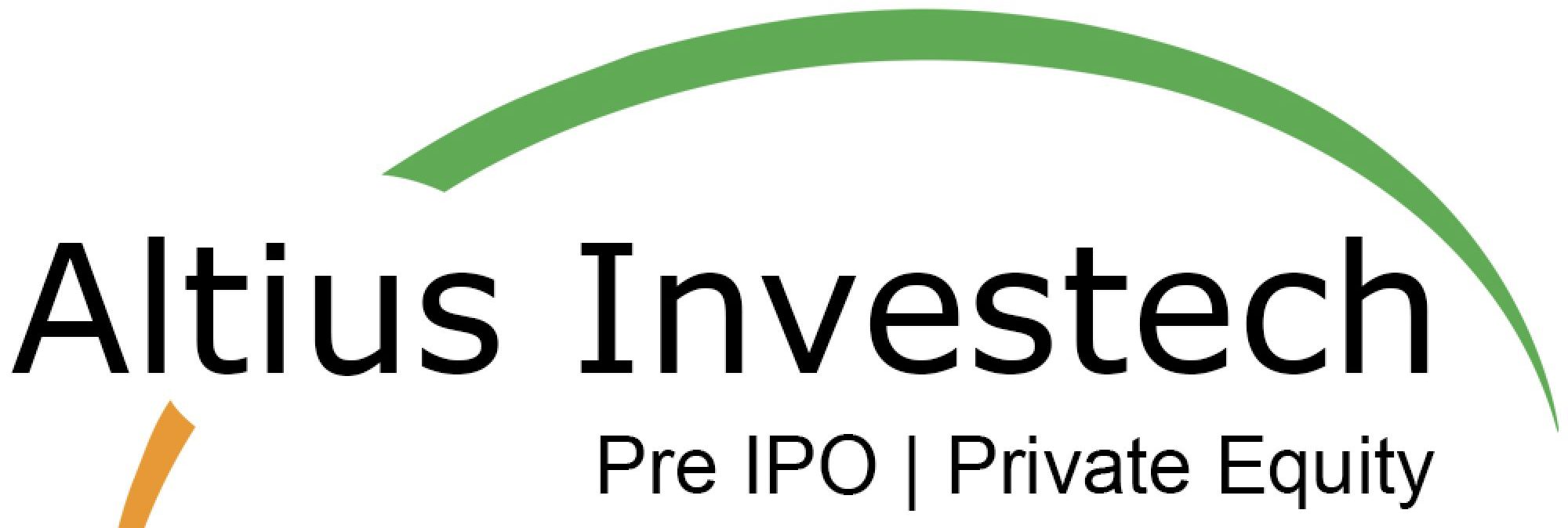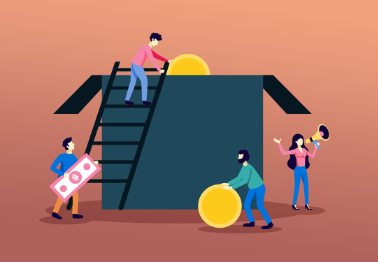Structured Products are savings or investment products whose returns are tied to an underlying asset with pre-defined characteristics (maturity date, coupon date, capital protection level, etc.). They are among the products having ‘non-traditional’ investment strategies. A Structured Product is a product package made up of three primary components:
- A bond,
- At least one underlying asset
- These underlying assets are related to financial instruments (the derivative strategy)
The Bond Component
Depending on the structured product’s investment objective, the interest generated by the “Bond” component is used to purchase the “derivative strategy” component, which either provides the capital guarantee; redemption of the invested capital at maturity is thus guaranteed by the issuer, unless the issuer defaults; or improves the return on a non-capital-guaranteed product.
Except in the case of default, the capital guarantee or protection is supplied by the issuer or its guarantor. As a result, it is critical to examine the quality of the rating assigned to the issuer by credit rating organisations.
The Underlying Component
How does it function? Consider a product that promises to return the initial investment plus an interest payment (coupon) based on the performance of an underlying asset, such as the Euro Stoxx 50 index, over a five-year period. For every €100 spent:
- At maturity, €90 is used to refund the initial investment. This is due to the provider’s ability to “lock in” a rate of interest sufficient to recoup the initial investment over a 5-year period.
- €10 is spent on financial assets that offer the performance component.
The final return will be determined by the performance component: if the Euro Stoxx 50 performance is positive at maturity, the investor will get 20% of this performance plus the initial investment. Otherwise, some or all of capital will be returned.
The Derivative Component
The “derivative strategy,” which often consists of options, is critical in the development of a structured product. It is frequently what decides the level of return. The derivatives chosen will be determined by the following factors:
- the intended risk level for the product (capital protection or not),
- the selected investing time frame,
- the sort of return and exposure desired, as well as market conditions
Every strategy, from the most basic to the most complicated, relies on derivatives, most commonly in the form of options.
Structured Products are accessible through a variety of investment vehicles, including EMTNs (Euro Medium Term Notes) and Certificates, which are primarily issued by financial institutions.
Structured Products are thus tailor-made solutions that can be changed to different market conditions and that come with various risks that must be monitored. Finally, Structured Products can be defined as an integrated product package that can effectively diversify your portfolio.
Types Of Structured Products
Structured products are classified into three types based on their risk level at maturity:
1. Structured Deposits:
An investor purchases an underlying asset based on a foreign exchange forecast, establishing a period and a markup. It acts similarly to a bank account, except that the earnings are contingent on the asset’s market performance. As a result, when interest rates fluctuate, returns remain constant.
2. Structured Capital Products(Protected):
These are the ones that guarantee the principal capital’s return at maturity. As a result, it safeguards the initial investment. They are frequently structured as loans from financial institutions and banks that are guaranteed until the product matures. However, if the issuer declares bankruptcy, which is a rare occurrence, investors may lose their principal capital.
3. Structured Capital at Risk Products:
These are financial vehicles that provide the best rate of return but do not guarantee principal repayment at maturity. In extreme market conditions, an investor may lose money. Furthermore, the performance of the underlying assets influences the rate of return. Though there is a payoff for accepting more risk, the investor’s goal will be to protect their money.
Features of Structured Products:
- They are available to retail investors.
- a replacement for direct investment
- Associated with a single or a group of securities
- Payoff and maturity dates are predetermined.
- Assist in the achievement of highly tailored risk-return objectives
- Have leverage, stop-loss, and expiration dates built in.
- Return is determined by the performance of the underlying asset.
- Eligible for either physical or monetary settlement
- Issuers typically pay returns after the maturity date.
- Identical to options, swaps, forwards, and futures.
- The price of the product is determined by the total value and kind of the underlying instruments.
- Ensure that principle investments are protected if kept to maturity.
- Allow investors to change the underlying assets’ type, risks, maturity, and profitability.
- Reduce the risk of loss – the only possible loss is the initial investment.
- Assist high-net-worth investors in diversifying their portfolios.
Example:
Let us look at the following structured products example to understand the concept better:
Sienna spends $10,000 on a 40-month pre-packaged structured product. And $8,000 is invested in an investment-grade bond with a yearly return of 7-8%. The remaining $2,000 is invested in stock indexes.
For 40 months, she may earn around $2,000 in interest on underlying assets (i.e., bonds). Indexes will have doubled by then, and $2,000 will have become $4,000. As a result, her $10,000 will be worth $14,000 at maturity, or a 40 percent absolute return. As a result, Sienna may be confident that her $10,000 investment is secure.
If, on the other hand, the indices’ prices fall by half, her $2,000 investment becomes $1,000, giving in an 11,000 return. This technique safeguards her capital at all times and guarantees her $10,000 at the end of 40 months.
Also Read: Investment Opportunity: High Yield Fixed Income Structured Product

